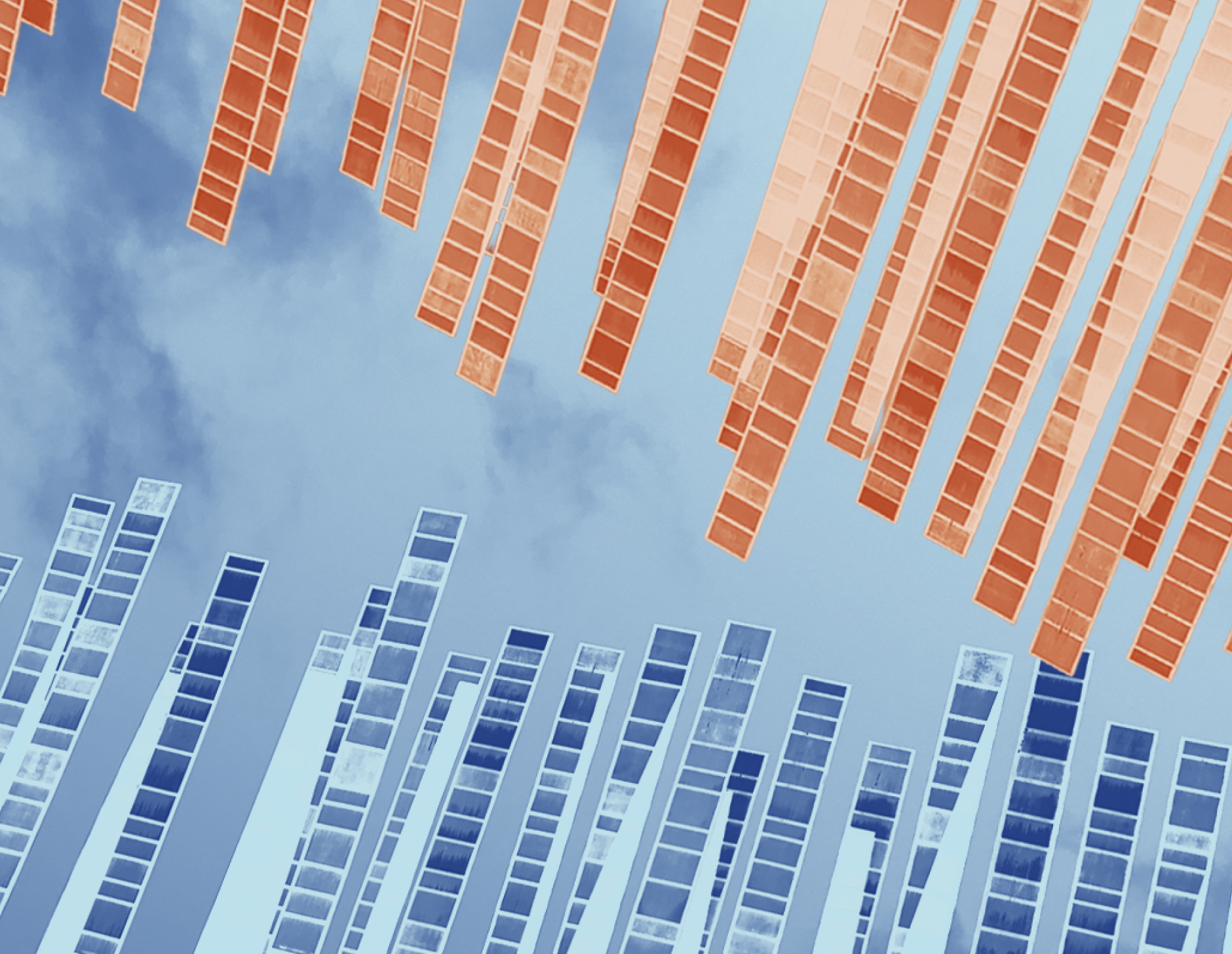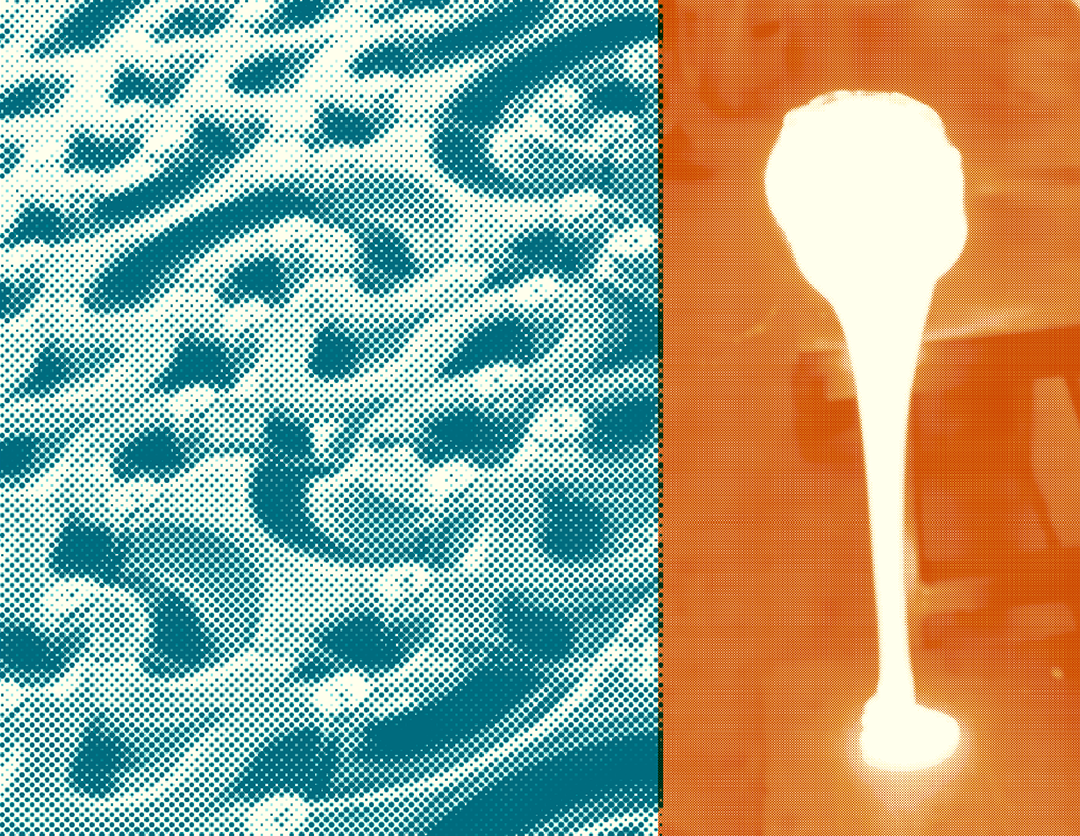.jpg)
“Freedom of expression is a very essential condition for me to make any art. Also, it is an essential value for my life. I have to protect this right and also to fight for the possibility.” – Ai Weiwei
Nearly a decade after his last major exhibition at the Seattle Art Museum, Ai Weiwei returns—this time with a city-wide takeover spanning the Seattle Art Museum, Seattle Asian Art Museum, and Olympic Sculpture Park, the artist’s largest exhibition in the United States.
When asked “Why Seattle?” at the Seattle Art Museum’s press preview last month, Weiwei simply responded “Why not?” The crowd erupted in laughter, but SAM’s Foster Foundation Curator of American Art, Dr. Ping Foong, emphasized that Seattle’s legacy of innovation and activism makes the artist’s presence here particularly urgent. Dr. Foong noted that the museum’s showcase of Ai Weiwei’s work is, crucially, “all or nothing.”
In today’s political climate, where academic freedom, diversity initiatives, and funding for the arts are under epistemic attack, Ai Weiwei’s work feels necessary. His art challenges systems of oppression—whether state violence, censorship, or cultural erasure—reminding us that freedom of expression is not a privilege, but an ongoing battle.
Ai Weiwei’s works are deeply autobiographical yet speak to a broader Sinophone perspective that is often misinterpreted in the West, yet he rejects being labeled an activist.
“I need to be relatable and change myself everyday," Weiwei said. “I think everyday individuals can act on their own beliefs, and change will happen, but leading a movement, I really don’t…I don’t like the word rebel too much, I’m a rebel to the meaning of rebel.”
Weiwei documents social behaviors and injustices through multidisciplinary works, including photography, video, and the immortalization of items through materials like stone, metal and ceramic. His art, in its scale and content, undeniably amplifies the voices of the underrepresented.
The exhibition spans multiple sites, ensuring accessibility for the public. Dr. Foong and Weiwei activate and connect three major creative districts: Seattle Asian Art Museum in north Capitol Hill, Downtown’s Seattle Art Museum, and Seattle’s Waterfront in the Olympic Sculpture Park. Each installation presents a layered dialogue between personal history, cultural critique, and rebellious humor.
At the Asian Art Museum, a familiar sight looms large: an homage to Monet’s Water Lilies #2. But take a step closer, and the illusion fractures into over half a million pieces. This is not impressionism, but a pixelated vision composed of 650,000 Legos. The floating serenity of Monet’s garden is interrupted by a black portal, a reference to the hideout where Weiwei’s family was exiled during the Cultural Revolution in Northern Siberia. Ai was forced to live there with his mother, Gao Ying and father, China’s finest modern canonical poet Ai Qing.
Banned from purchasing Legos in 2015 for having a “political agenda,” Ai Weiwei turned to social media and public donations, transforming an act of corporate censorship into a collective gesture of defiance. Water Lilies #2, and his subsequent Lego works featured at the downtown SAM, are community-supported, volunteer-activated industrialized contemporary artworks—a testament to activism through art. Ai Weiwei’s mischievous reinterpretation invites intergenerational audiences to engage in both play and protest.
The downtown Seattle Art Museum’s exhibition is a monument of 40 years of joy, pain and brilliance.
"It is a survey of four decades - how does one summarize a year, yet alone a life as rich and complex as Ai Weiwei. I wanted to find out who he is…how he thinks over a long period of time,” Dr. Foong said. “My hope is to be able to summarize major themes backwards and forwards in time, looking at our present moment.” Foong hopes for families, for everybody, to be served a “visual feast” that challenges, amuses, and inspires them.
Upon entry to the exhibition space, the saturated enormity of Wewei’s works inculcates all of your senses. The “Homeward Found” segment highlights his photographic documentation during his art and architecture studies in New York, serving as a backdrop behind the towering Tree (2013) sculpture, made from various collected dead tree trunks found in China, illuminated by a bright white neon expletive that is a wordplay on one of his studio’s names in Mandarin.
The Study of a Perspective (1995-2003) photographic series adorn the walls of a dimly lit space. His middle finger double-functions as both a photographic guide and clear opposition of oppressive governments, encouraging tourists who visit landmarks to think critically about their adherence to the architectural institutions, public spaces, and cityscapes. An iterative and particularly provoking image includes Tiananmen Square, a popular tourist site and a symbol of transitional freedom of expression, oppression, demonstrations, and civilian casualties.
A segment titled “Everyday Relics and the Anti-Ruin” reflects a statement by Dr. Foong, in which we are placed in a transcendent, liminal time within Chinese culture.
In the triptych Dropping a Han Dynasty Urn (1995), Weiwei drops and pulverizes an ancient Chinese urn into dust, capturing this act on camera and displaying it as a three-part photo series. Ai pointedly states that he does not see this gesture as an act of destruction, but rather creation. It is here that Ai Weiwei confronts the destructive nature of assimilated homogeneity on individualized craft.
In Han Dynasty Urn with Coca Cola Logos (2011), a Han-dynasty ceramic is branded with the emblematic Coca-Cola logo, powerfully merging antiquity and modern consumerism to underscore the tension between cultural preservation and globalization. In utilizing Han Dynasty urns, Weiwei evokes the Taoist concept of héguāngtóngchén– the harmony of blending into the collective and transforming ruin into renewal.
Equally evocative are two traditional wooden furnishings in the “Useful, Useless” gallery, both titled Grapes (2007, 2011), where Qing dynasty-style stools are reimagined as grapes in a fruit bowl—a bold artistic statement about utility and futility. This concept is grounded in Zhuangzi’s teachings of wúwéi (effortless action), and suggests that embracing the ‘useless’ allows us to transcend rigid expectations and find freedom. We open ourselves to peace and playfulness, spontaneous flows of life, wúwéi in creative inspiration.
At the SAM, the “Making Magnified” chapter explores mass production and stewards hundreds of thousands of the seeds, weighing one ton, placed adjacent to works grounded in materiality for audiences to engage and find meaning within the mound.
Originally created for the Tate Modern’s Turbine Hall, Sunflower Seeds (2010) consists of over one million handcrafted porcelain seeds, each painted by artisans in Jingdezhen, China’s historic porcelain capital. For Ai Weiwei, sunflower seeds hold personal significance, as they were a common snack in the impoverished Xinjiang province where he grew up. The Cultural Revolution also informs this piece, as Mao Zedong was often compared to the sun, with The People portrayed as sunflowers turning toward his light. This porcelain variation symbolizes “useful uselessness,” as the seeds are inedible. Sunflower Seeds is a critique of mass production, collectivism, and individuality.
The Forever (2003) bicycle sculpture, alongside marble furniture and porcelain seeds, work in tandem to reflect the rhythms of urban Chinese life: production, mobility, consumption, rest, and repetition.
Marble Sofa (2011) mirrors the typical furnishings of middle-class Chinese families during the post-Cultural Revolution era of the mid-to-late 1970s. These contemporary sofas, seen as markers of social mobility, represent the commodification of simple pleasures. Ai Weiwei’s marble version of a leather sofa is modeled after his own father’s furniture. Crafted by skilled artisans from expensive marble, each sofa weighs 1.02 kg. This heavy, luxurious material is an ironic contrast to the modest comfort the piece symbolizes.
The neighboring furniture piece, Marble Chair (2008), is a replica of a chair Ai Weiwei’s father carried during his exile to Siberia, prior to their move to Xinjiang. The chair transforms Ai Qing’s struggles and eventual peace into a symbolic throne, inviting reflection. This transition sets the stage for Part II: Watching AI Watching Power, a section critiquing the interplay of materiality, politics, digital platforms, censorship, and surveillance with sharp resistance.
Snake Ceiling (2011) is a profoundly touching piece, made after the 2008 Sichuan Earthquake. Weiwei created 360 replicas of backpacks worn by the 5,000 school children lost to the earthquake due to poor building codes, and transformed them into an undulating 50 foot long monument to their memories. Snake Ceiling hovers over documentarian art created by Weiwei and the “Citizen Investigation,” which utilized an interactive website blog and social media platforms including Twitter to record and publicize interviews with earthquake victims and survivors. Weiwei feels that we are all entitled to empowerment through digital platforms, recognizing that digital platforms reduce originality, but have enabled access to information and online activism.
In the final section of the exhibit, Ai Weiwei turns his lens toward digital authoritarianism. Works like Panda to Panda (2015) and Illumination (2019) grapple with state surveillance, whistleblowing, and media control. Panda to Panda conceals shredded NSA documents, a USB stick, and microSD leaked by Edward Snowden inside plush panda toys—China’s national symbol. Its title is wordplay on guobao, which means both “national treasure”, and “national security.”
Illumination (2019) is a lego recreation of Ai’s own brutal beating by Chinese police in 2009 to prevent testimony on the behalf of “Citizens Investigation” activist Tan Zouren.
The exhibit ends with Lego reconstructions of the cover page and first chapter page of the Mueller Report, a stark reminder of democratic erosion, disinformation, and global political interference. As authoritarian movements rise across the world, Ai Weiwei’s critique underscores the fragility of democracy and the urgent need for vigilance.
When asked at the press opening if there was anything he’d like to say to Ukrainians, Weiwei replied, “We cannot sacrifice life for any ideology, this is unacceptable. Not just the situation in Ukraine, but the world demands true peace and justice.”
Ai Weiwei is not sentimental about his art. His focus is always on the next battle, the next challenge, the next act of defiance. When asked if there were any regrets in his work, Ai responded “I will regret the next one." The artist is very futurist-oriented, integrating technology, observing social engineering, and platforms.
One technological feat that concerns Ai Weiwei is artificial intelligence, which he sees as the impersonation of humanity.
“It provides efficient knowledge that takes professors and students years [to deduce], and that is very appreciative, but it is very dangerous,” Weiwei said. “I’ve never seen anything interesting or creative come from AI. People will be hindered from taking the effort itself in acquiring that knowledge. Therefore most people living in this efficient world give up personal emotions and forgo the difficult processes.” For Ai Weiwei, the “effort is the meaning.” Connectivity and productivity are the “strengths of humanity.”
From deeply personal works to sharp political critiques, Ai Weiwei’s art creates a call to awareness and action. Each piece challenges us to confront uncomfortable truths while celebrating the resilience of the human spirit. As the exhibit culminates, it compels us to look inward and outward. His work reminds us that in times of crisis, we must create, document, and resist.










.jpg)

.jpg)